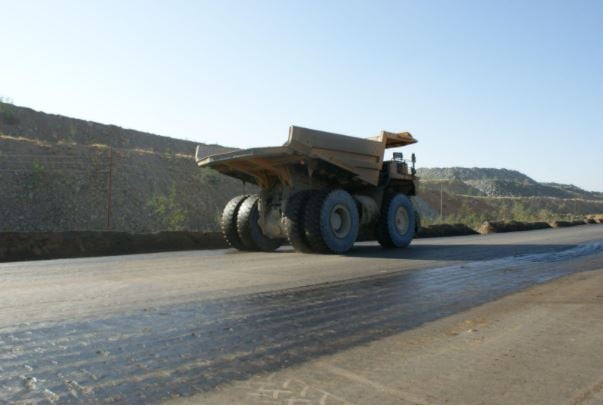What near-term solutions can be implemented to reduce water consumption in mines?

Water is a precious resource that must be conserved wherever possible in order to improve sustainability outcomes both now and in the future.
Mining companies around the world have recognised this and while many are making ambitious strides toward operating a water-less mine, achieving this goal does require significant capex investment and advancements in technology.
Action that can be taken immediately to reduce water consumption
While large water recycling and conservation projects are being delivered for the long term water-less mining vision, there are many practical solutions available today for mines that are dealing with real time water shortages and limited capex.
It’s not always possible either to build additional dam infrastructure to store access for reserve in drier times. In other cases, the water table on the land lease is dropping and water in the lease is becoming harder to access. Whatever the limitations are to water access or use, alternative strategies must therefore be looked at.
In these situations, there are in fact many highly effective, near-term solutions utilising existing technologies that mining operations can implement today.
How dust suppression road binders are used to reduce reliance on water carts
One of the greatest contributors to the consumption of water on mine sites comes from spraying untreated water on haul roads in order to prevent wheel generated dust from becoming airborne.
Mines typically use significant amounts of water for both dust suppression and processing activities. On large open cut mines with extensive haul road networks, water use in the drier months can run up into double digits of megalitres per day.
As a general example, a five kilometre stretch of haul road that has a width of 25 metres could use in excess of 0.5ML of water every single day just to keep the dust under control.
There are two issues with this strategy.
As well as consuming significant volumes of water, it is not effective for long. Inevitably, the road will dry out, dust will be generated by the haul traffic and the road will need to be sprayed again, sometimes constantly over a 12 hour shift.
There are added challenges of a heightened risk of uncontrolled movements when the water is initially applied, and the ongoing issues of road erosion and degradation.
Rather than continuously spraying water on haul roads, mines can instead use road binder and stabilisation technologies to actively reduce the amount of water which needs to be sprayed.
These product technologies are environmentally friendly additives that work to bind road surface dust particles together. Once sprayed onto surfaces via a water cart, the water evaporates, then the solid content of the product is left behind as it dries. The soil particles are subsequently bound together and sealed into the road surface.
An impermeable seal is then formed so that roads and other dust-bearing surfaces are dust and mud free and functional in all weather conditions.
Significant reduction in water usage
While many dust suppression and road binder technologies will help reduce water use when used correctly, truly significant results can be achieved with Dust-A-Side Australia’s DAS Product emulsion in bitumen. Rather than a mine using megalitres of water per day, an emulsion technology such as DAS Product can reduce the amount of water used on haul roads by over 95%
Furthermore, road binders eliminate the need to continuously spray roads throughout each shift. Spraying can instead be reduced to once or twice a week depending on the size of the mine and the type of roads that make up the road network, thus having as positive impact on both safety and productivity as it does on water conservation.
If used correctly, road binder products can achieve a 95+% reduction in water usage on mine haul roads (relative to a water only dust suppression approach). See our DAS Product fact sheet for details.
How are road binder products applied?
There are 2 main ways dust suppression road binders such as DASProduct can be applied to roads:
- The concentrated product can be applied via a series of light dilutions using a water cart. Once applied, the need for reapplication is minimal.
- For better more immediate results , DASProduct can be incorporated into the wearing course layer of the road, via grading and spraying before compaction. This not only provides excellent dust control properties for the road, but also stabilises the wearing course layer and prevents water ingress. Click here to read more about road establishment and management.
In summary, adopting the use of road binder products is not only extremely beneficial to the environment due to the preservation of water, but it’s also beneficial to a mine’s bottom line.
Perhaps most importantly, these sustainability-friendly solutions and products are available now and can be implemented in the near-term.
Want to learn more about how using road binders can be used to reduce water consumption?
Simply get in touch with us today or click here to arrange an on-site technical consultation and report.
We’ll provide you with a detailed cost analysis based on the size of your haul road network.
We’ll also provide you with figures showing how soon you’ll break even by engaging our services and how much you will be likely to save on operating costs.



